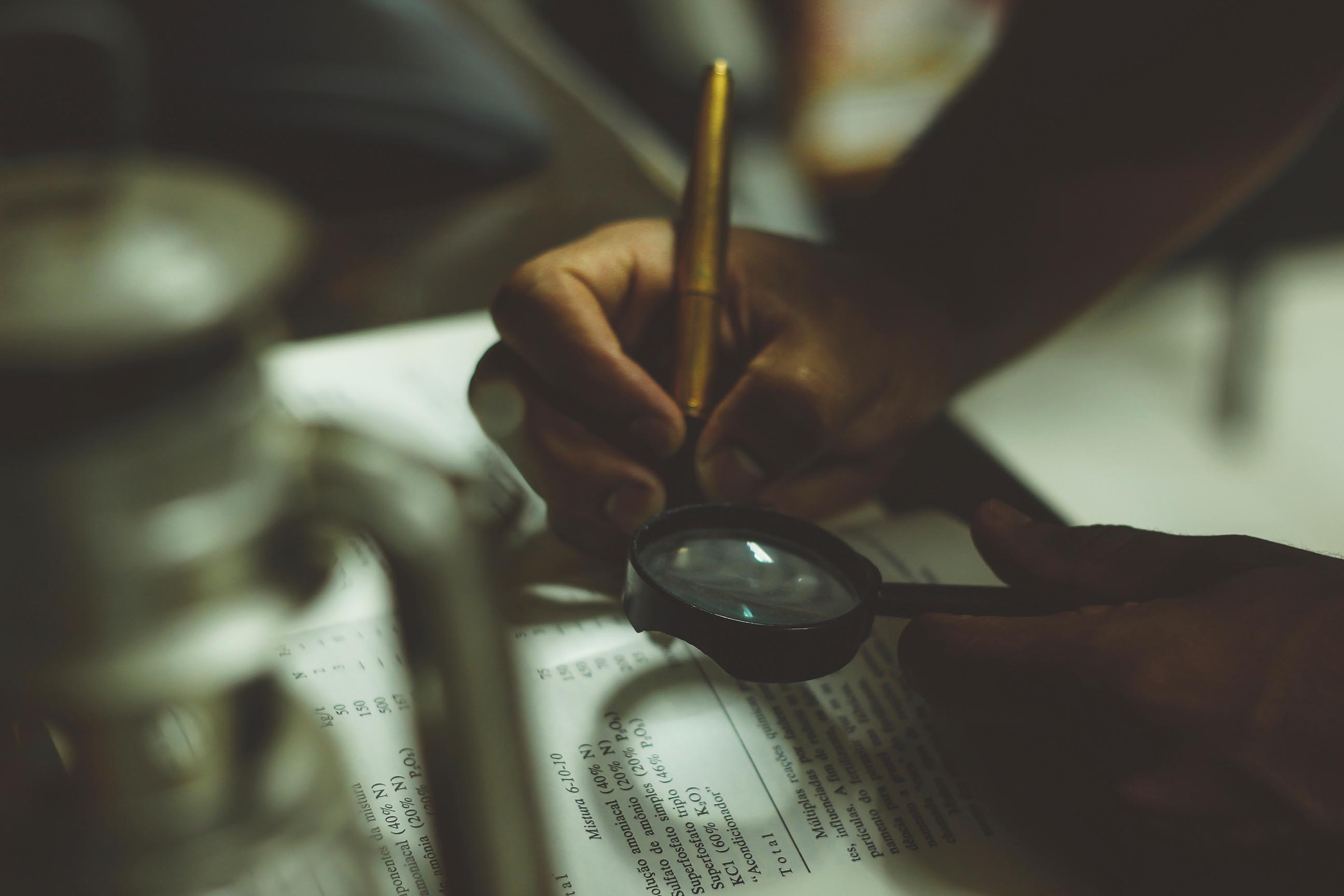It has been hard not to notice the recent 10 year sentence for a conman selling bomb and drug detectors across the world – which cannot have worked.
Fake bomb detector conman jailed for 10 years. James McCormick, who sold more than £55m worth of fake detectors likely to have caused Iraqi deaths, jailed for 10 years.
Happily the ones bought by the police in Kenya apparently do work; as the Nation reported: “The report contradicts a statement by Nairobi police chief Benson Githinji who told reporters on Friday that “the machines in use are serviceable and don’t fall short… They are in operation and they work.”
However, it seems the case above has not been alone, because the BBC has just reported on 29 May 2013,
Three people have gone on trial at the Old Bailey charged with making and selling fake bomb and drug detectors.
…
The marketing material for the Alpha 6 Molecular Detector billed it as revolutionary product. It claimed the device could detect explosives and drugs in quantities as tiny as 15 billionths of a gram at a range of 300m (980ft), using static electricity.
Those of us with long IP memories, might start to remember the DKL LifeGuard patents, as explored by Daniel C. Rislove in his paper in the Wisconsin Law Review:
In 1996, a district court granted the United States a permanent injunction against the Quadro Corporation, enjoining Quadro from selling a class of devices variously called the Quadro Tracker, Golfball Gopher, Trailhook, or Treasure Hunter. The marketing literature for these devices claimed that they could detect unseen objects by directing the bearer of the device in the correct direction, much like a dowsing rod acts to conduct its bearer towards water.
For example, it claimed that the Quadro Tracker was capable of detecting contraband such as illegal drugs and explosives. X-rays of the device determined that it consisted of nothing more than a hollow plastic shell with an attached radio antenna. Thus, like the classic dowsing rod, the Quadro Tracker was incapable of detecting anything. The primary victims of this fraud were law-enforcement agencies, correctional institutions, and school systems.
Enter DKL International, Inc. DKL markets a very expensive, handheld device called the DKL LifeGuard — purported to be capable of detecting living humans at a distance—to government agencies worldwide. Like the Quadro Tracker, the DKL LifeGuard fails to function as claimed. Why then is DKL International allowed to market its detectors while the Quadro Corporation is enjoined from selling similar devices? One possible explanation is that the DKL LifeGuard, unlike the Quadro devices, is covered by no less than eight patents.
It seems Rislove’s full paper, “A Case Study of Inoperable Inventions: Why is the USPTO Patenting Pseudoscience?” is still raising as many questions today as it did in 2006.

